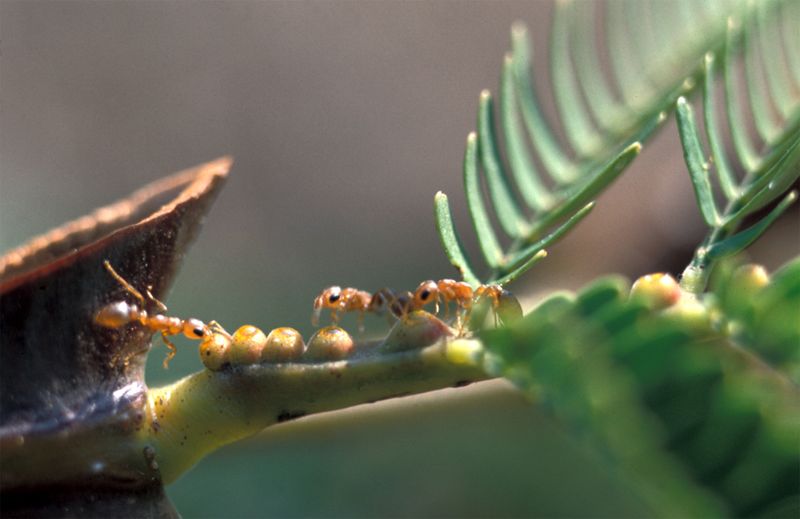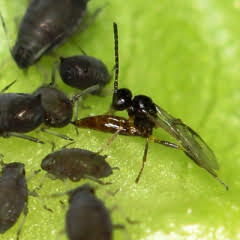Most (if not all) organisms engage in symbioses with more than one partner. Adding an additional partner to a one-to-one symbiosis may affect this interaction in many ways, as the new partner may interact with the host, the symbiont or both, at different levels.
This symposium aims to bring together current empirical studies on multipartite interactions involving symbionts. In addition to talks from our invited speakers (see below), we welcome contributions focusing on the mechanisms underlying these interactions, their organismal and ecological impacts, as well as on their evolutionary consequences. We hope you will join us!

Marcia Gonzalez Teuber is Associate Researcher at University of La Serena, Chile. She did her PhD at University of Duisburg-Essen, Germany, under the supervision of Martin Heil, and later on was a postdoctoral research fellow at the Max Planck Institute for Chemical Ecology, Germany.
She is interested in mutualistic symbiosis between plants and other organisms, and particularly in plant endophyte/plant pathogen interactions. At the International Symbiosis Congress in Lisbon she will tell us about the exciting recent advances in our understanding of the Acacia-ant symbiosis:

Mutualistic Pseudomyrmex ferrugineus ants on an acacia plant. The ants love nectar from the plant's extrafloral nectaries.
Copyright: Martin Heil, CINVESTAV, Irapuata, Mexico.
Ants can form mutualistic associations with plants. Acacia plants provide food and shelter to ants, while in return ants defend plants against the action of herbivores. The defensive service of mutualistic ants also involves, however, protection against leaf microbial pathogens. Direct mechanisms provided by ant-associated bacteria would contribute to the protective role against pathogens. Some bacterial genera, widely known for their production of antibacterial substances, were found to live in ant legs. Thus, ant bacteria seem to be an additional partner in plant-ant interactions, which can contribute significantly to ant-mediated protection from plant pathogens.

Christoph Vorburger is Assistant Professor for Evolutionary Ecology at ETH Zürich's Institute of Integrative Biology in Switzerland. He did his PhD with Prof. Uli Reyer at the Institute of Zoology at the University of Zürich, and later on moved to Melbourne, Australia, to work as a postdoctoral research fellow with Dr. Paul Sunnucks at La Trobe University. In 2004 he returned to Zürich's Institute of Zoology then moved to ETH/EAWAG in 2009 after being awarded a Research Professorship by the Swiss National Science Foundation.
The main focus of his research lies on insect host-parasitoid interactions. In particular, his group tries to understand the role of microbial symbionts in host-parasitoid coevolution. To address this issue, the group uses aphids (important agricultural pests), aphid parasitoids (their natural enemies) and the bacterial endosymbionts associated with aphids as a model system. Both theoretical and empirical approaches are employed to tackle how the coevolution between aphids and their parasitoids is modified by such symbionts, especially those that provide protection against parasitoids and other natural enemies.

The black bean aphids, Aphis fabae, and the parasitoid Lysiphlebus fabarum(photo by Christoph Vorburger).
At the International Symbiosis Congress in Lisbon Christoph Vorburger will present exciting advances in the understanding of factors that determine the dynamics of host-parasitoid coevolution mediated by symbionts, and their consequences for the composition of parasitoid communities in the field.

.png)